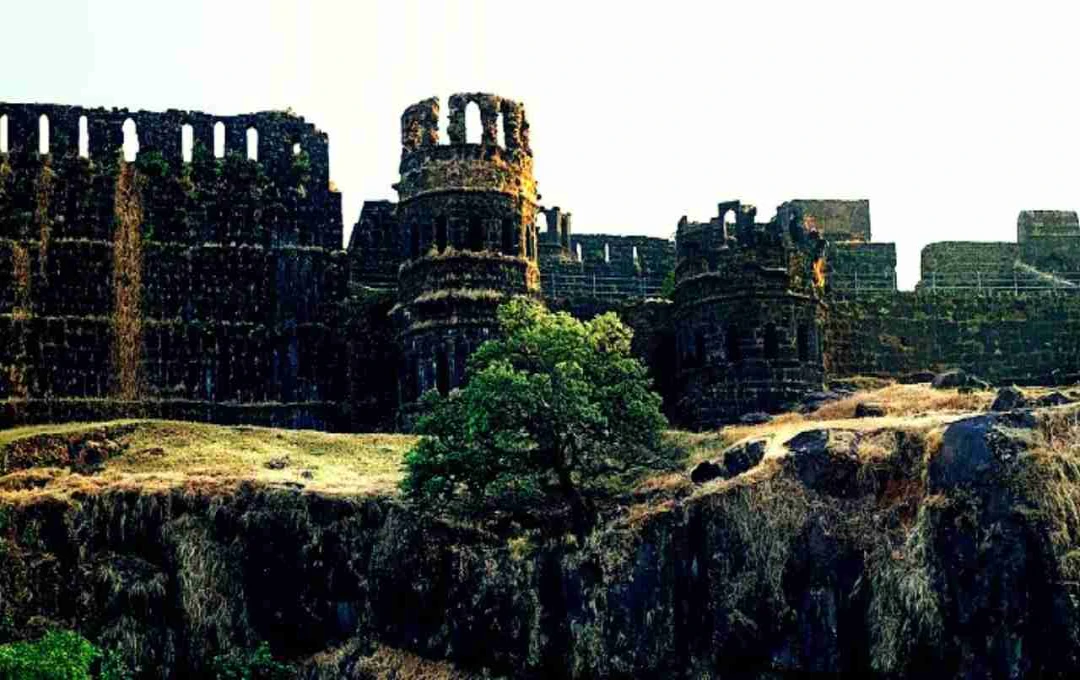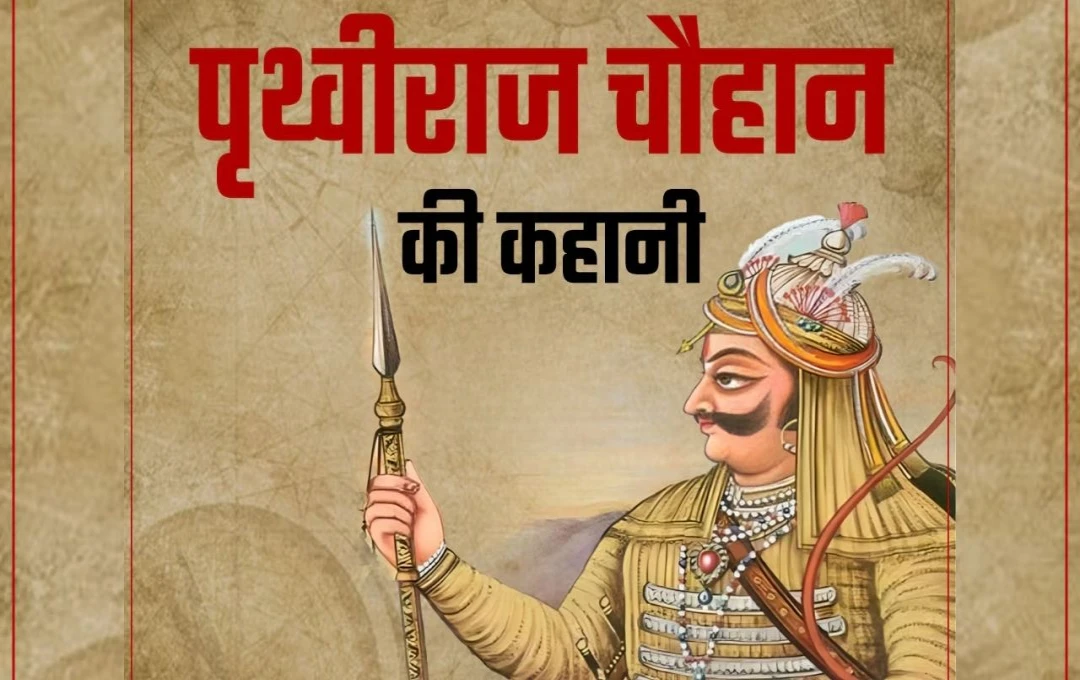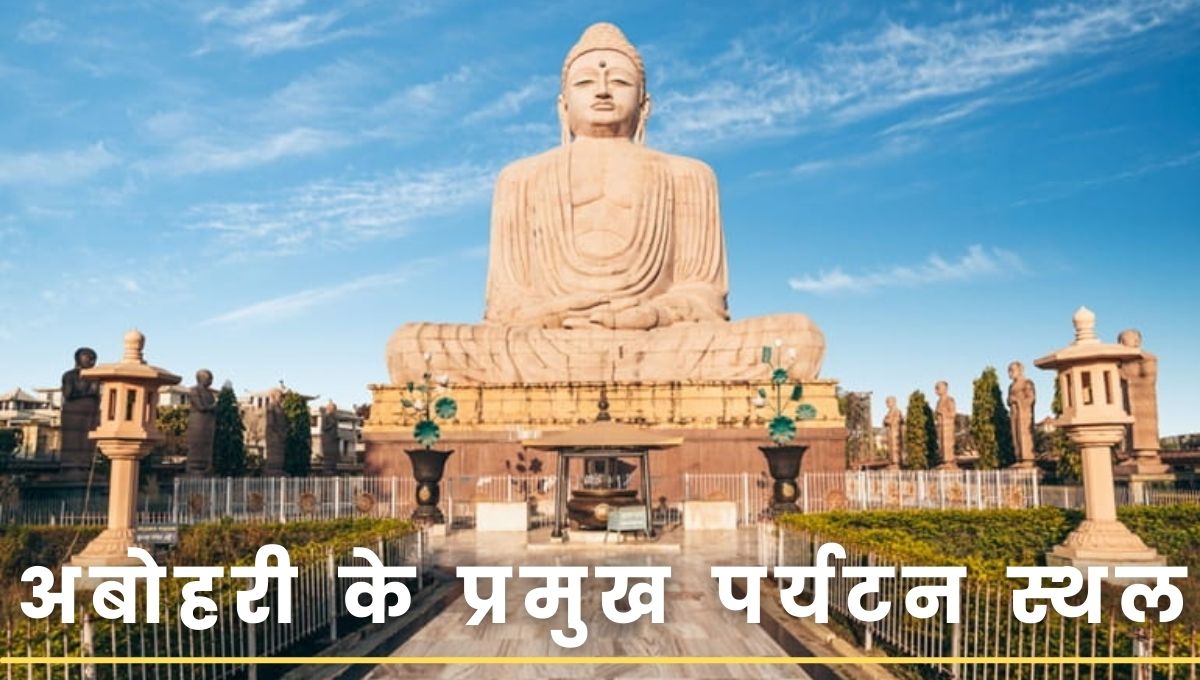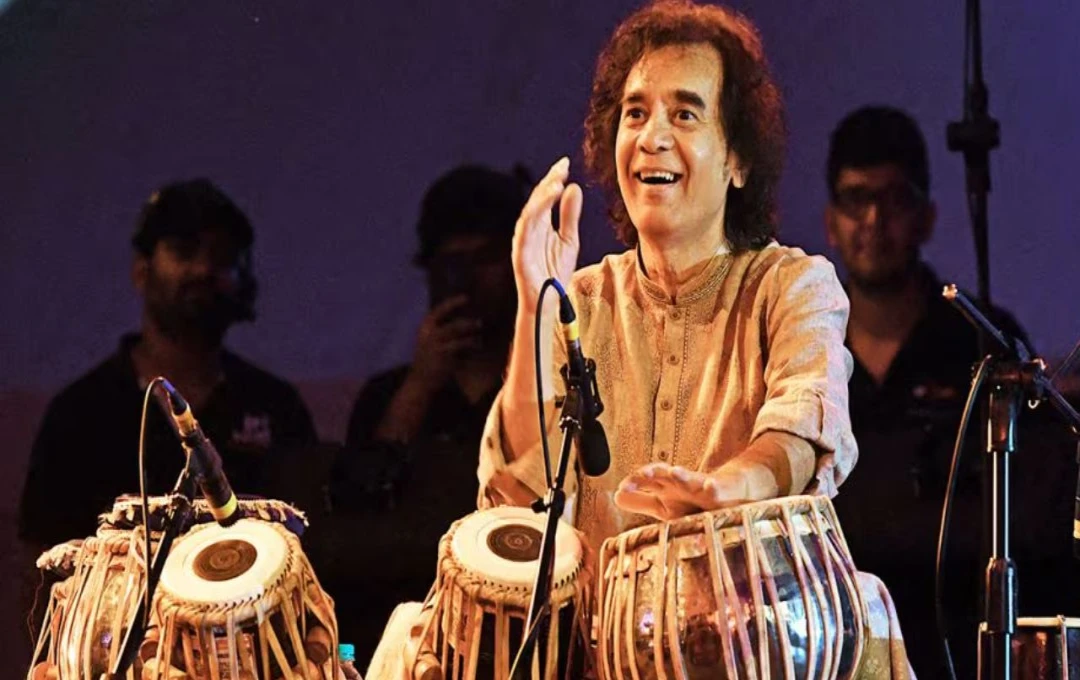Perched high in the Sahyadri mountains of western India, Raigad Fort is not merely a historical monument; it stands as a symbol of the Maratha Empire's glory, valor, and bravery. Located in the North Konkan region of Maharashtra, this fort once served as the capital of Chhatrapati Shivaji Maharaj. Even today, it attracts thousands of tourists and history enthusiasts.
The History of Raigad Fort: A Story of Valor
The history of Raigad Fort is a narrative of courage and independence. Initially constructed by a feudal lord named Chandra Rao More, it was then known as 'Rayri'. However, in 1656, Chhatrapati Shivaji Maharaj conquered the fort after defeating Chandra Rao More. He renamed it 'Raigad' and established it as the capital of the Maratha Empire. Shivaji Maharaj fortified and embellished the fort, transforming it into a center of Maratha power.
In 1674, Shivaji Maharaj's coronation took place at Raigad Fort, a pivotal event in Indian history. This coronation, performed without Mughal consent, symbolized Maratha independence. From this very fort, Shivaji assumed the title of 'Chhatrapati' and solidified the foundation of his empire. Raigad Fort was not just a fortress; it embodied Maratha courage and self-respect. Even today, it is considered a symbol of Maharashtra's pride and glory.
Attacks on the Fort and Changes in Power
Following Shivaji Maharaj's death, in 1689, the Mughal commander Zulfikar Khan attacked Raigad Fort, defeating the Maratha army and seizing control. The Maratha Chhatrapati Rajaram Bhonsle's forces were also subdued. Subsequently, the Mughal emperor Aurangzeb renamed the fort 'Islamgarh'. However, the Marathas did not surrender and eventually regained control. They ruled Raigad Fort until 1813, maintaining it as a center of their strength.
In 1818, the British launched a major assault on the fort using cannons and ultimately conquered Raigad. They plundered the fort, causing significant damage. Impressed by its robust construction, the British compared it to the famed Gibraltar in the Mediterranean Sea, dubbing it the "Gibraltar of the East". The story of Raigad Fort represents a significant chapter in Indian history, chronicling bravery, conflict, and shifts in power.
Architecture: A Blend of Grandeur and Strategic Skill
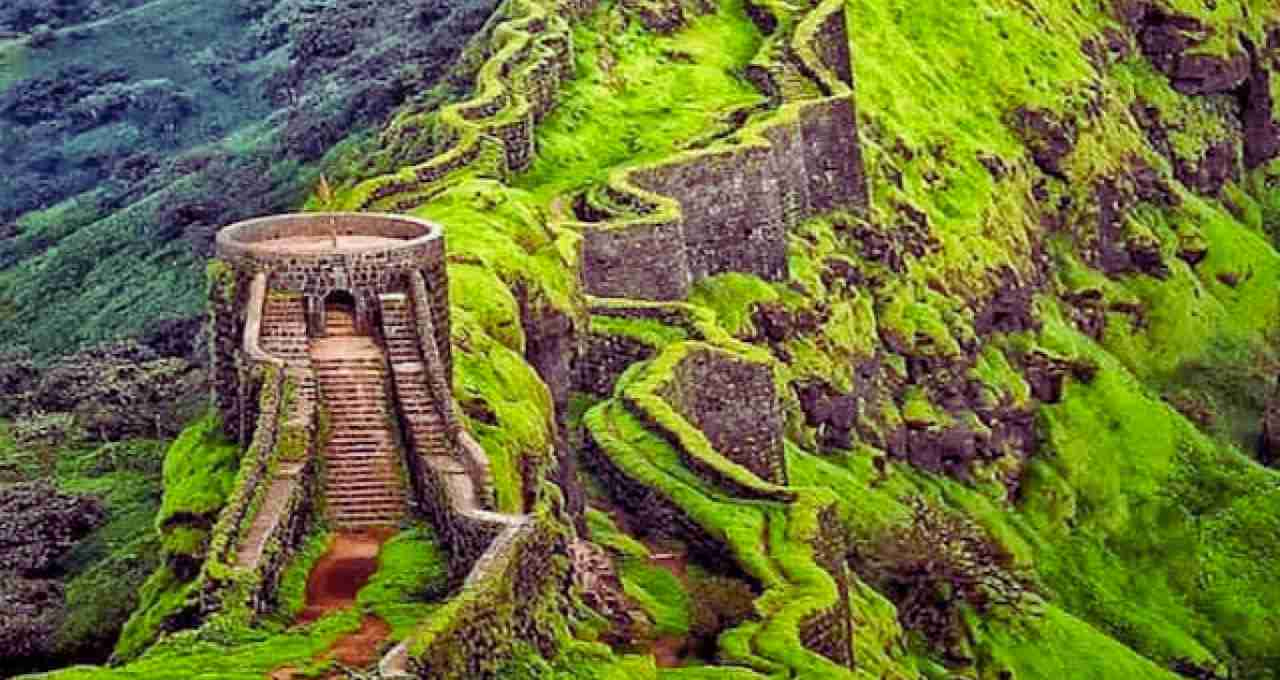
Raigad Fort holds a special place not only in history but also in its architecture. When Chhatrapati Shivaji took possession of the fort, he enlisted the renowned architect Hiroji Indulkhar to strengthen and beautify it. The fort boasts numerous structures that reflect both the grandeur and strategic planning of that era.
Royal Palace and Queens' Quarters (Ranivas): Within the fort, royal palaces were constructed for the king and queens. The quarters specifically designed for the queens are known as Ranivas. These chambers, although now somewhat dilapidated, still whisper tales of a bygone era, providing a glimpse into the royal lifestyle of the time.
Royal Mint and Market: Inside the fort, there was a market approximately a mile long where merchants sold their goods. This market also housed the royal mint where coins were manufactured. This market was the economic hub of that time and crucial for trade.
Maha Darwaza (Main Gate): The main entrance to the fort, Maha Darwaza, is incredibly tall and imposing, standing approximately 20 meters high. Its sheer size and strength leave a lasting impression. This gate symbolized the fort's security and prestige.
Palki Darwaza (Palki Gate): A separate and secure entrance, known as Palki Darwaza, was constructed for the queens. This gate allowed the queens to enter and exit the fort comfortably and safely, demonstrating the emphasis placed on the safety and respect of women at the time.
Religious and Cultural Sites
Raigad Fort houses several sites of religious and cultural significance, most notably the Jagdishwar Temple, also known as the Shiva Temple. This temple features a large Shiva lingam, which continues to be worshipped with devotion by devotees. This temple is not only religiously important but also a vital part of the fort's history and culture.
Furthermore, near the fort lies a large artificial reservoir called Ganga Sagar. This reservoir served as the primary water source for the fort and enhanced its natural beauty. The reflection of the fort's grandeur in Ganga Sagar adds to its charm and allure. These religious and natural sites keep Raigad Fort's cultural heritage alive.
Shivaji's Samadhi and Takmak Tok
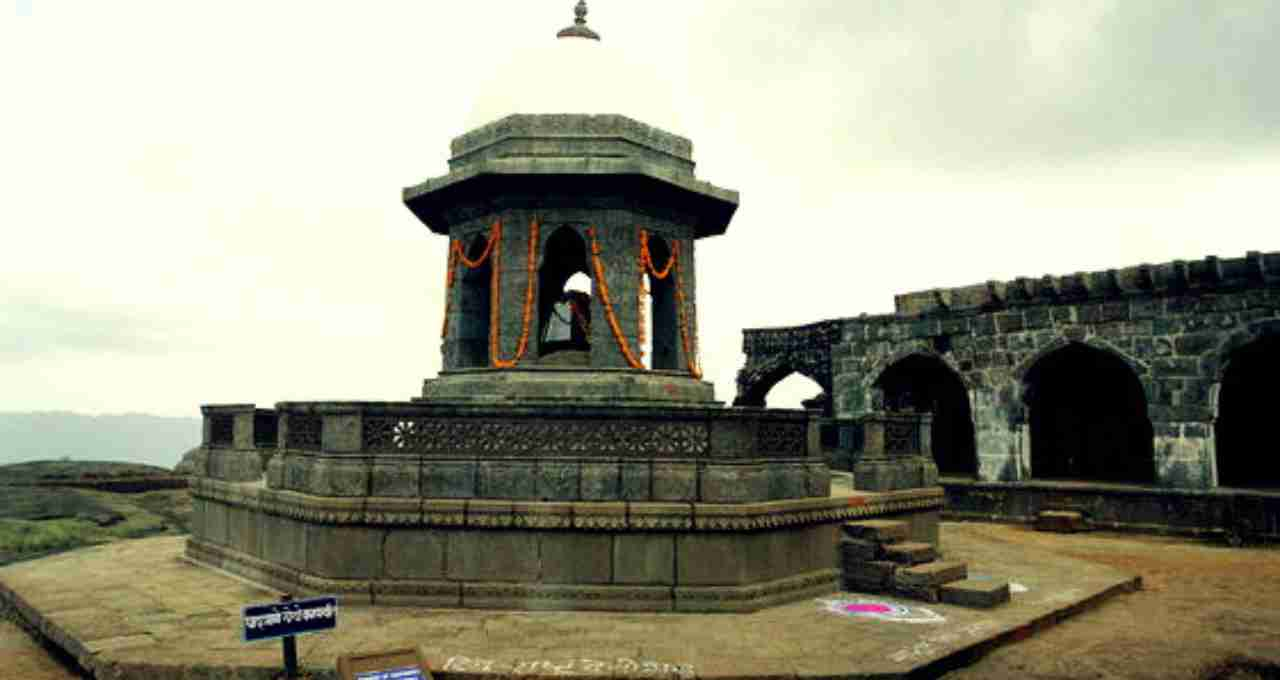
Upon Shivaji Maharaj's death in 1680, his samadhi (mausoleum) was constructed within Raigad Fort. This site is considered sacred, commemorating his respect and bravery. Near the samadhi stands a beautiful seated statue of Shivaji Maharaj, depicting his valor and ideals. Visitors can sense his bravery and greatness here.
Another daunting yet significant part of Raigad Fort is Takmak Tok. This was the place where criminals were punished. Prisoners were thrown into a deep chasm from here, resulting in their death. The sight of Takmak Tok still sends shivers down one's spine, serving as a reminder of the fort's strict punishments and rigid rules.
An Example of Valor: Hirakani Burj
A famous legend associated with the walls of Raigad Fort exemplifies bravery and motherhood. Hirakani, a simple village woman, used to sell milk at the fort daily. Once, after sunset, the fort gates closed, trapping her inside. Worried about her breastfeeding baby, she bravely descended a steep cliff to reach her child.
Impressed by Hirakani's courage and maternal love, Shivaji Maharaj built 'Hirakani Burj' at that specific location. This burj commemorates the woman's indomitable spirit and dedication. Even today, this burj adorns the fort, serving as an example of her story and inspiring courage in visitors.
Bhavani Tok and Raigad Museum
Located on the eastern end of Raigad Fort, Bhavani Tok is a significant and mysterious place. It is said that during a major Mughal attack, Maratha King Rajaram Bhonsle narrowly escaped using this secret passage. The passage was so well-hidden and secure that the enemy forces could not find it. Therefore, Bhavani Tok is considered a symbol of Maratha bravery and cunning.
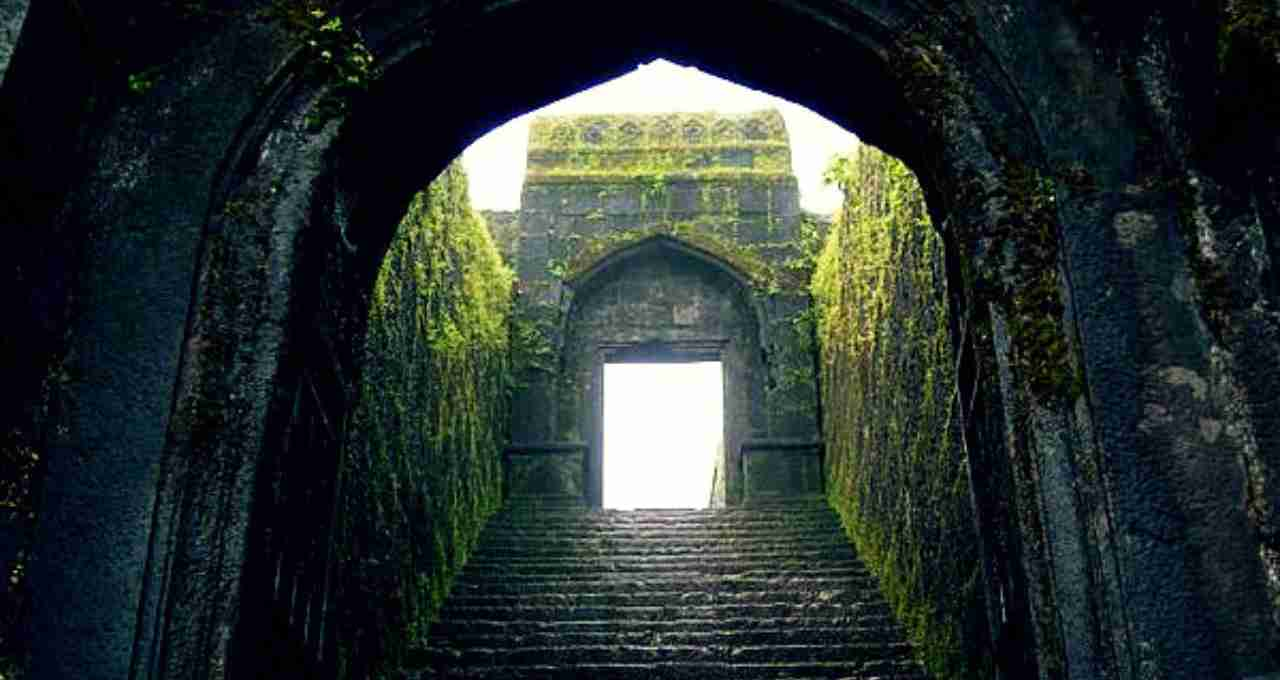
Situated about three kilometers from Raigad Fort, the Raigad Museum is a special place for history enthusiasts. It houses numerous ancient weapons, paintings, documents, and other historical artifacts related to the Maratha Empire. This museum narrates the story of that era and keeps the greatness of the Maratha Empire alive. For those interested in history and culture, this museum is a priceless treasure.
Why is Raigad Worth a Visit?
There are many compelling reasons to visit Raigad. Firstly, you can learn about the life and reign of Chhatrapati Shivaji Maharaj up close. This is the very fort where Shivaji Maharaj demonstrated his strength and bravery, laying the foundation of the Maratha Empire. For history buffs, this place is exceptional.
Furthermore, Raigad's natural beauty and mountain trails offer a wonderful experience for trekking enthusiasts. The fort's grand architecture and surrounding greenery provide a unique sensation. If you are interested in ancient forts and history, Raigad is a perfect destination where you can enjoy both history and nature.
Raigad Fort is not just a historical heritage site; it is a vibrant example of Maratha bravery, culture, and architecture. Its stories, grand structures, and natural beauty captivate every visitor. For lovers of history and adventure, Raigad is an unforgettable destination.
